The World of Zen Vegan Cuisine (Shojin Ryori 精進料理)


Nico, I heard that there is a zen-related vegan cuisine in Japan. True?

I bet you’re talking about “shojin ryori.” Yes. Actually, many of my traditional dishes are inspired by that.

Really? I’m keen to know more about shojin ryori!

After reading this, you will get a glimpse of this zen plant-based cuisine. Let’s get the ball rolling!
“Shojin Ryori” in a Nutshell
“Shojin ryori (精進料理)” is a Zen Buddhist cuisine, which is completely vegan.
Sho(精) stands for “focusing on one thing” and jin (進) stands for “going forward.” Together, shojin (精進) refers to focusing on the present moment and living mindfully without extravagant desires.
It was introduced to Japan from China by a monk Dogen (道元), founder of Soto Zen Buddhism, in the 13th century. Since then, this cuisine has been served at Buddhist temples for monks in Zen training who are not allowed to kill and consume any living creature.
The essence of shojin ryori derives from the philosophies of the Buddha, who started Buddhism. Based on some resources by Japanese monks, here are some.
Chudo (the middle way) in Cooking
The core of shojin ryori aligns with the Buddism philosophy called Chudo (中道), taking the middle way instead of straying to one side or another.
In cooking shojin ryori, chudo can be observed in the following aspects.
- Appreciating tanmi (淡味), a subtle flavor inherent in each ingredient.
- Tan(淡) stands for “light (not too heavy)” which goes hand in hand with the “middle way” in the Buddist principles.
- Appreciating nature through appreciating the inherent flavor of ingredients just as is.
- Balancing 5 basic flavors (sweet, sour, salty, hot, and bitter) …so seasonings wouldn’t interfere with the pure flavor of ingredients.

Care for diners
- Each of us has different senses and preferences. Some prefer saltier flavors while others prefer sweeter.
- This is why shojin ryori sometimes tailors dishes for each diner by slightly modifying the balance of the basic flavors, which implies a chef’s respect and care for diners.

3 Basic Principles of Shojin Ryori
Under the Zen Buddhist philosophy, here are 3 primary principles of shojin ryori.2
1) All plant-based (vegan)
- Not taking life from any animals or living creatures
- Dashi (broth) also needs to be plant-based sources such as kombu and shiitake mushrooms
2) No “5 pungent roots”
- Shojin ryori excludes a set of strong-smell ingredients called “5 pungent roots (五葷)” as follows:
- onions
- garlic
- leeks
- chives
- rakkyo (Allium Chinense, similar to shallots).
- Why? Because their strong smell is said to agitate the desires of monk, disturbing their zen training at temples.
- If you are familiar with oriental vegetarians, you probably realize it’s similar to shojin ryori in this respect.
3) Appreciating simplicity, nature, and life of all beings
This is what fascinates me the most about Zen meals.
As shojin ryori goes hand in hand with seasons in nature, it is abundant in seasonal ingredients. This is why this cuisine never gets us bored despite its simplicity and modesty.
Life is present not only in animals, but in mountains, rivers, and all kinds of plants, and all existence is dependent on the support of every other life.


Ehh… I find those rules a bit daunting…

Put your mind at ease!
Like other vegan dishes around the world, those limitations could allow us to be more creative in making yummy dishes with plant-based ingredients permitted to use.

Fair enough, but I’m not a Buddhist in the first place…

Me neither, but you know what? Nowadays, Shojin ryori is open to everyone beyond religion.
We all can learn and incorporate its essence into our meals to enjoy a piece of Zen!
Ingredients Frequently Used in Shojin Ryori
Shojin ryori basically consists of soy-based products, legumes, veggies, and grains. Here are some of the distinct plant-based ingredients you come across in this cuisine.
Protein Sources
Soy Family

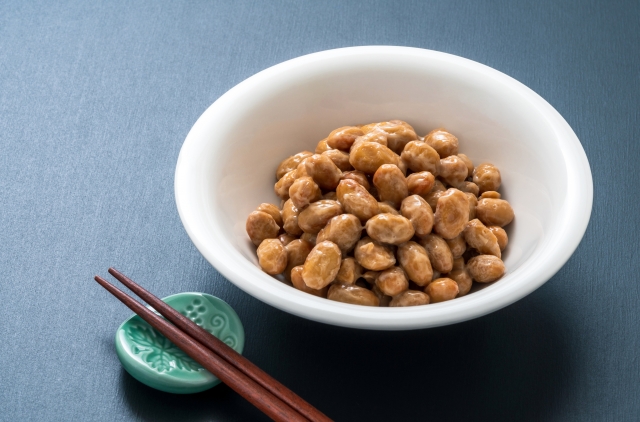
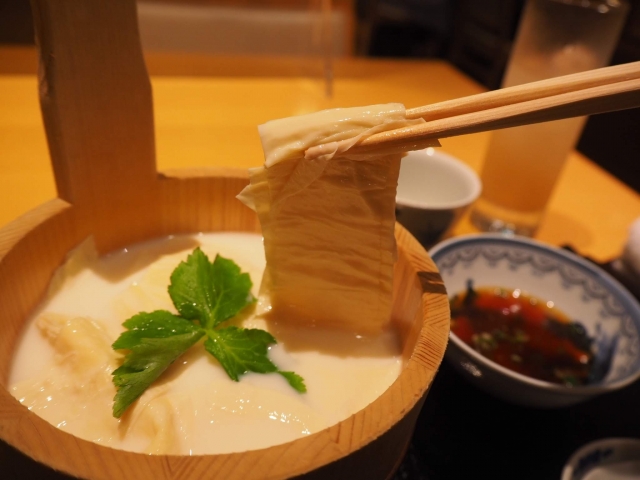
(creamy tofu skin, 湯葉)
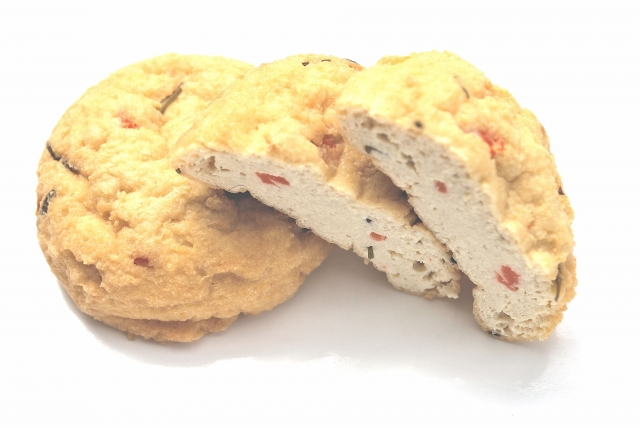
(tofu fritter with vegetables, がんもどき)


Other protein sources


For dashi (broth)

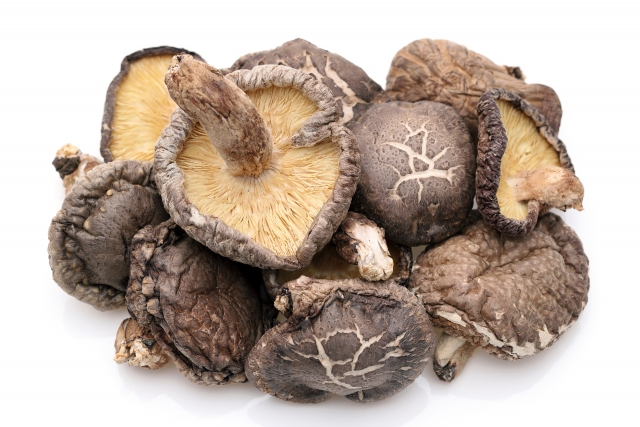
Condiments and herbs





Those are only a fraction of the major ingredients. I’ll introduce you more in the coming posts!
Where to Try Shojin Ryori
1. At Buddhist temples in Japan
A couple of Japanese temples offer their shojin cuisine to the public.
For instance, Sanko-in, a zen temple in Tokyo, provides authentic zen plant-based meals, and its seasonal menus vary monthly. For more, jump to the temple’s website.
2. At restaurants in Japan
Some Japanese restaurants are dedicated to shojin ryori. This website is a great some of the best restaurants to enjoy epic shojin ryori.
3. In your kitchen!

Those eat-out options look fabulous, but they’re neither affordable nor accessible to me…

Then, why not try to cook by yourself?
For beginners, the video below will help you start cooking simple zen dishes. It’s still authentic as it’s by a Soto Zen Temple.

As I said in the beginning, most of the Japanese recipes I’m sharing are similar to shojin ryori.

Summary
- A traditional Japanese cuisine, traditionally at zen Buddhist temples
- Chudo (the middle way) in cooking
- Care for diners
- 3 basic principles
- all vegan
- No “5 pungent roots”: onions, garlic, leeks, chives, rakkyo
- Appreciating simplicity, nature, and life of all beings
- A wide range of wholesome and seasonal ingredients
- Where to try: at temples, at restaurants, and in your kitchen
Want to explore more? I highly recommend the following book “Zen Vegan Food” by Koyu Iinuma, a Japanese Buddhist temple priest and chef.




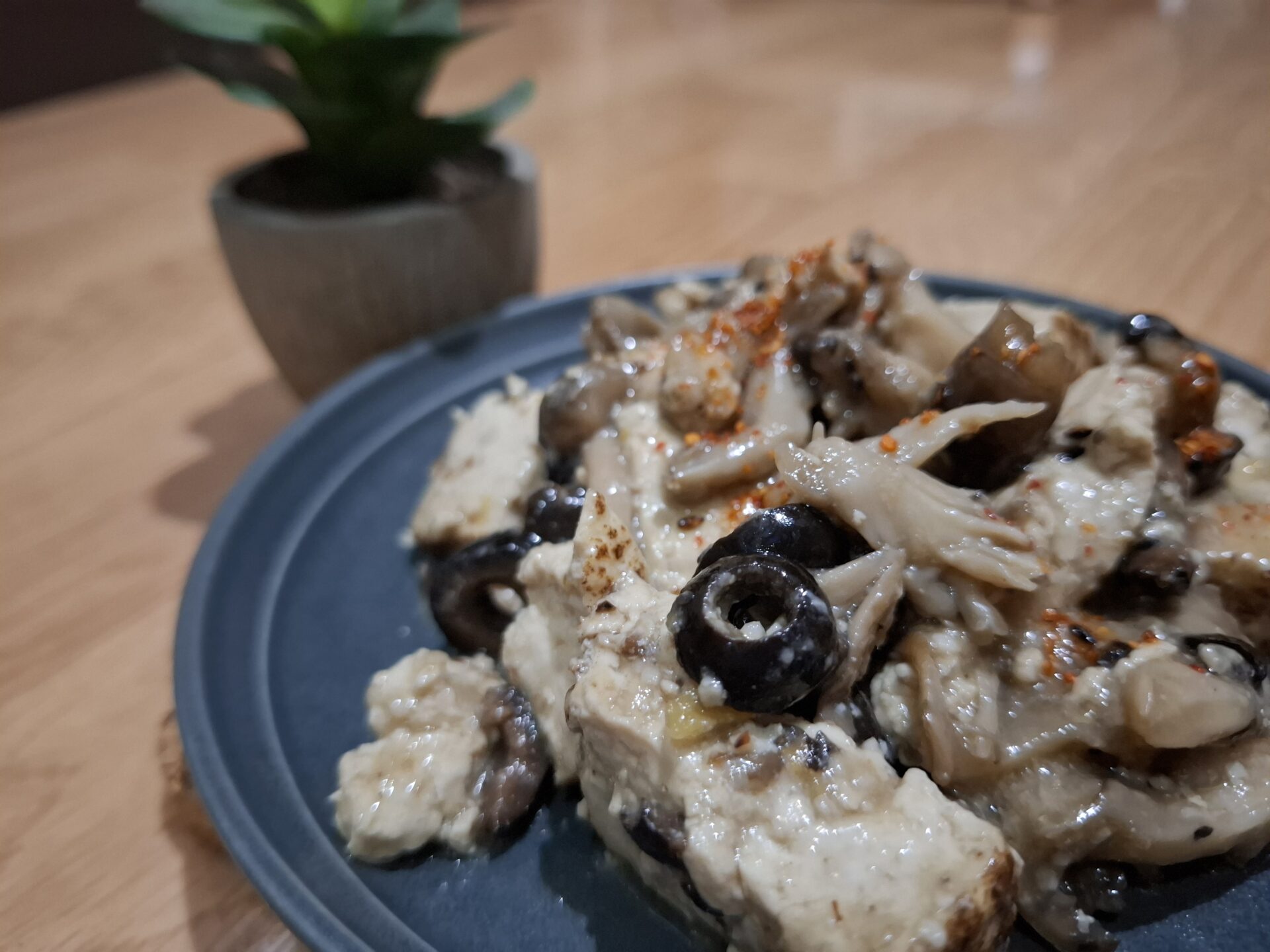




Your words make my day!